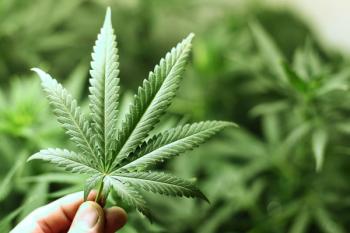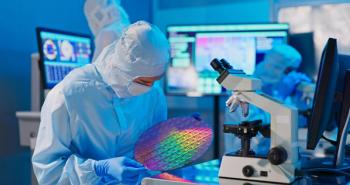
Pittcon 2024: Detecting Toxic Metals in Hemp Samples Using ICP–OES
A R&D chemist at Inorganic Ventures held a presentation at Pittcon about detecting toxic metals in hemp samples using inductively coupled plasma–optical emission spectroscopy (ICP–OES).
On February 25, Autumn Phillips, a R&D chemist at Inorganic Ventures, a manufacturer of certified reference materials, held a workshop at Pittcon in San Diego, California on detecting toxic metals in hemp samples using inductively coupled plasma–optical emission spectroscopy (ICP–OES) (1).
An increase in the medical and recreational use of cannabis has led to a need for better analytical tools to detect toxic elements like arsenic, cadmium, mercury, and lead. The maximum allowable limits for these elements are set at very low concentrations in many different regions; with these limits, inductively coupled plasma–mass spectrometry (ICP–MS) has become a widely used and recommended technique for trace level analysis of heavy metals in cannabis samples. However, this method is often complex, expensive, and requires heavy routine maintenance, Philips explained. On viable alternative approach is ICP–OES. This technique is simpler and more cost effective, she said. It can also reach detection limits at trace levels.
Phillips and her team employed a sample introduction system and combined it with an optimized microwave sample digestion methodology. The system involves a high-efficiency nebulizer and a cyclonic spray chamber. The team was able to increase efficiency by combining dual-channel technology that separates gas and sample channels throughout the nebulizer with impact surfaces positioned close to the nebulizer gas orifice at a certain angle. The proper accuracies were achieved by applying an analytical approach to matrix-matched calibration standards, with hemp samples digested in a high-efficiency microwave digestion system. The analyses were performed using two different ICP-OES instruments with different designs. Overall, the developed methodologies enabled accurate and reliable analyses of real-world cannabis samples, at below the strictest detection limits, Philips said.
Reference
(1) Pushing the Limits: Achieving ppb-level Detection Limits for As, Cd, Pb, and Hg in Hemp Samples on ICP-OES. Pittcon and The Pittsburgh Conference on Analytical Chemistry and Applied Spectroscopy, Inc. 2024.
Newsletter
Get essential updates on the latest spectroscopy technologies, regulatory standards, and best practices—subscribe today to Spectroscopy.





